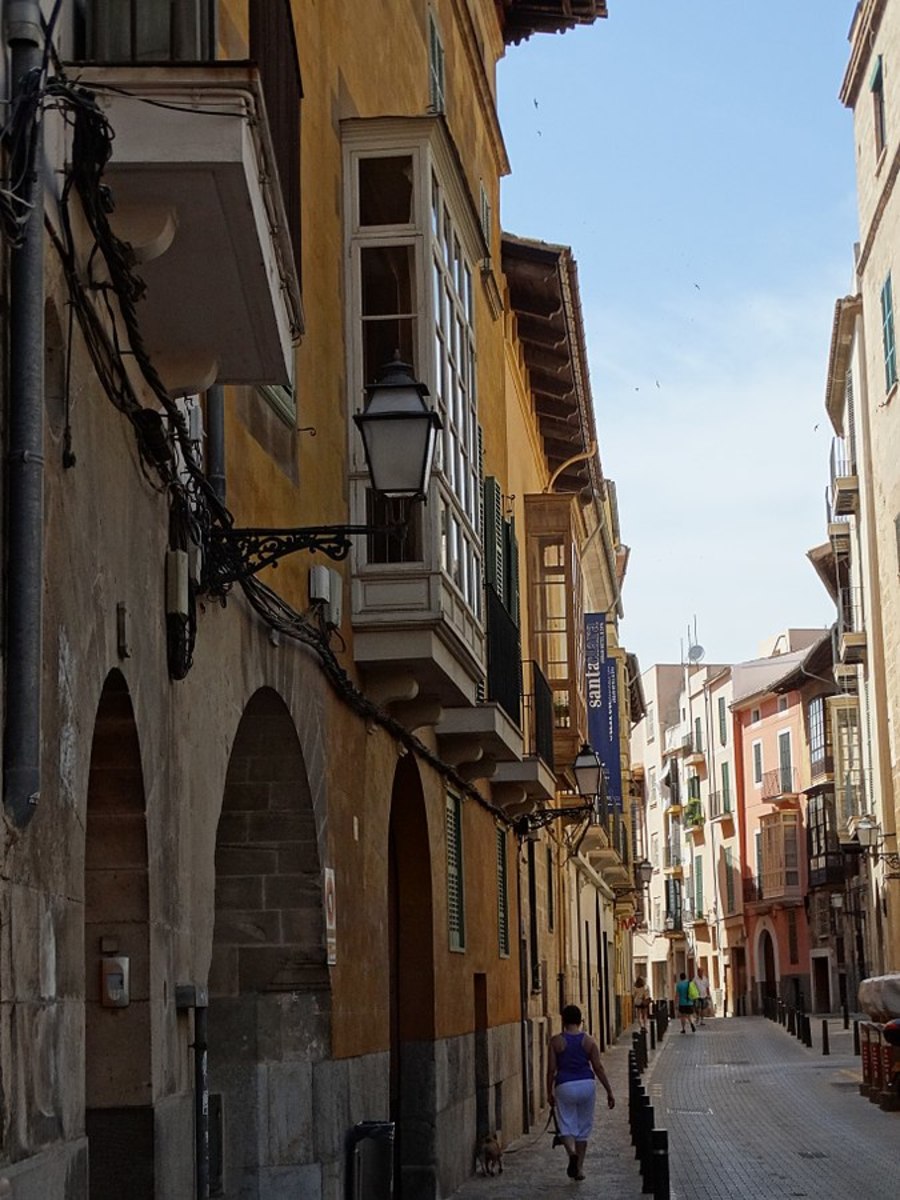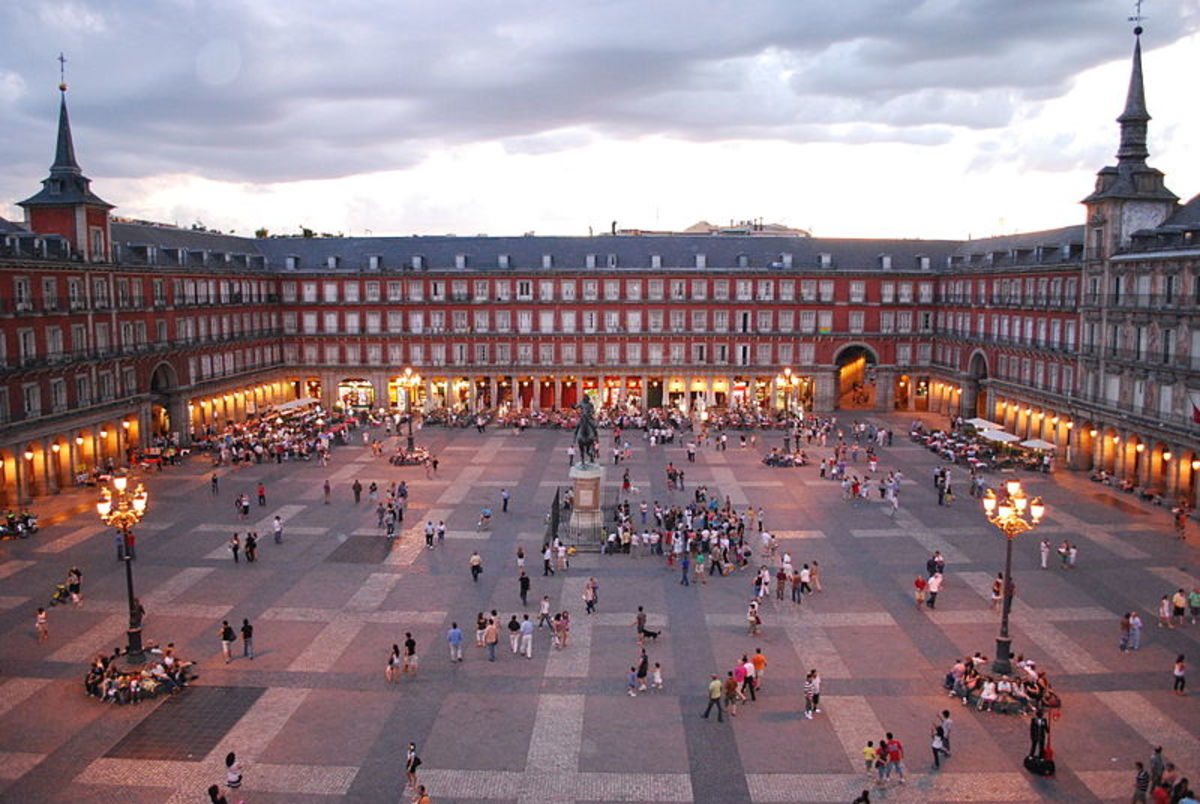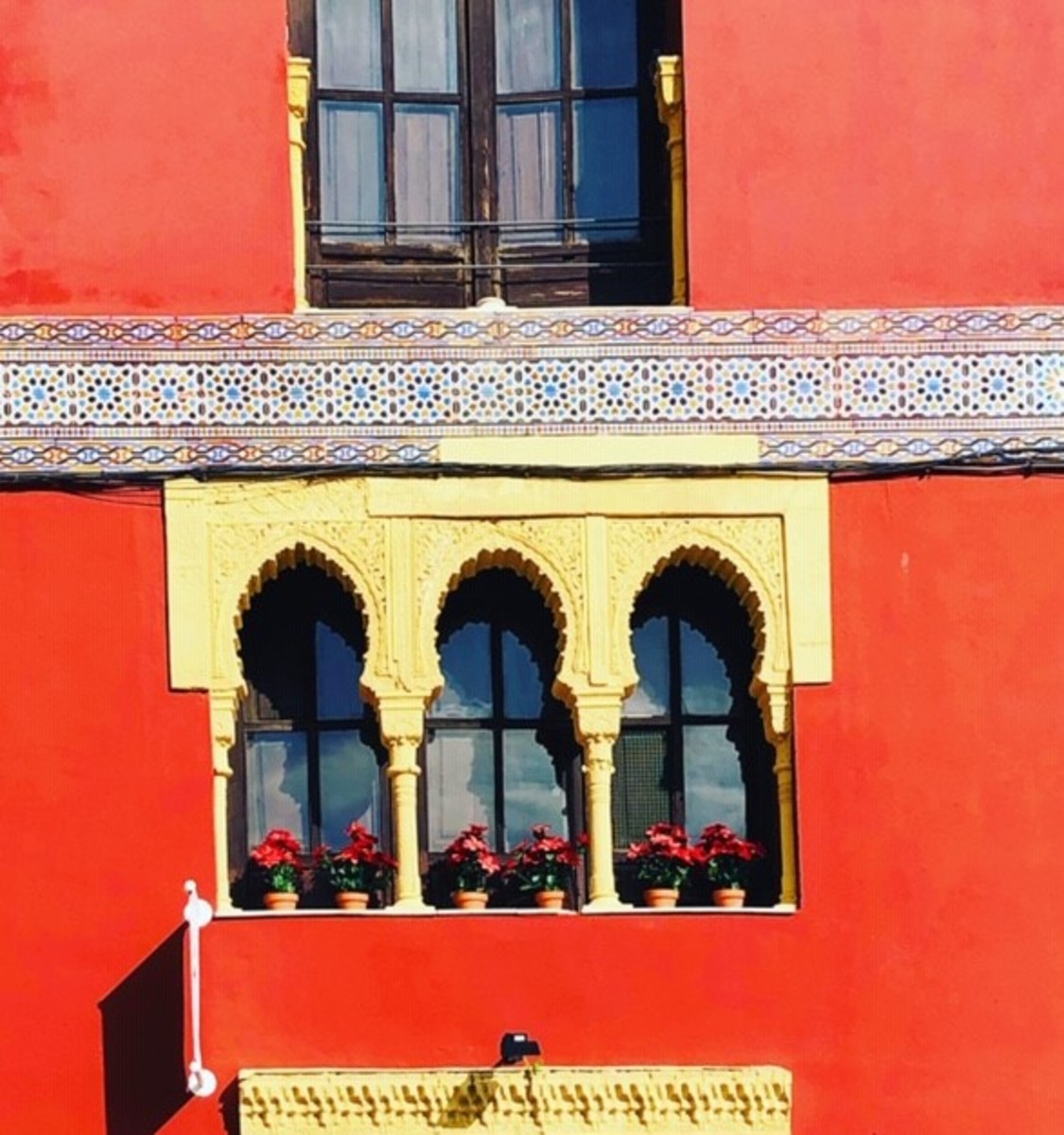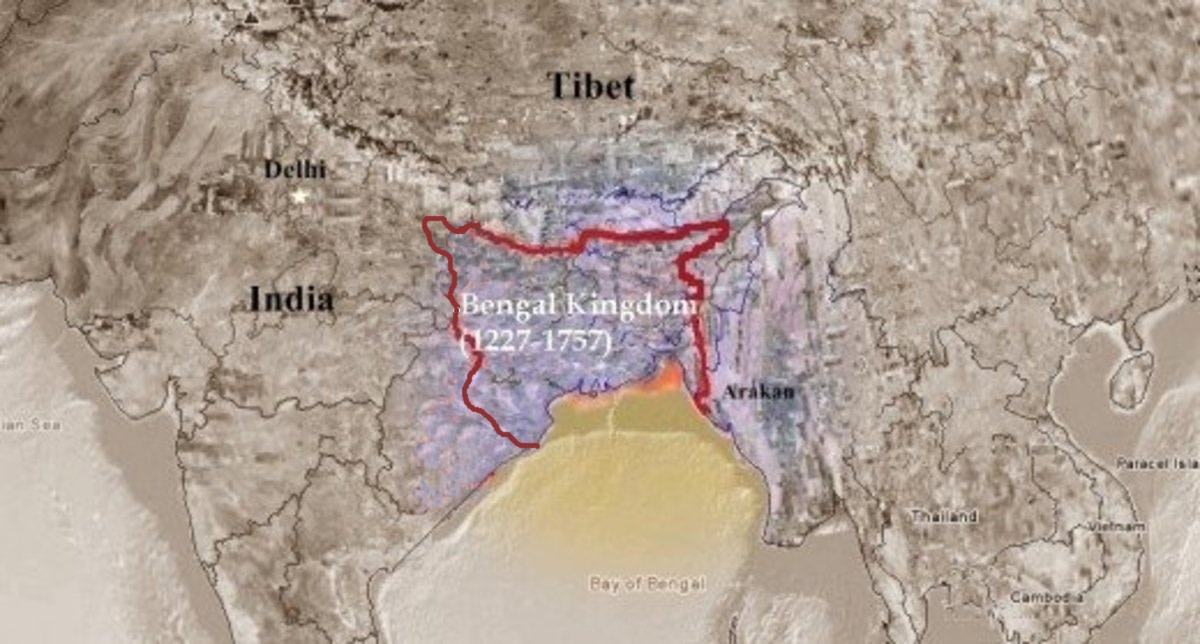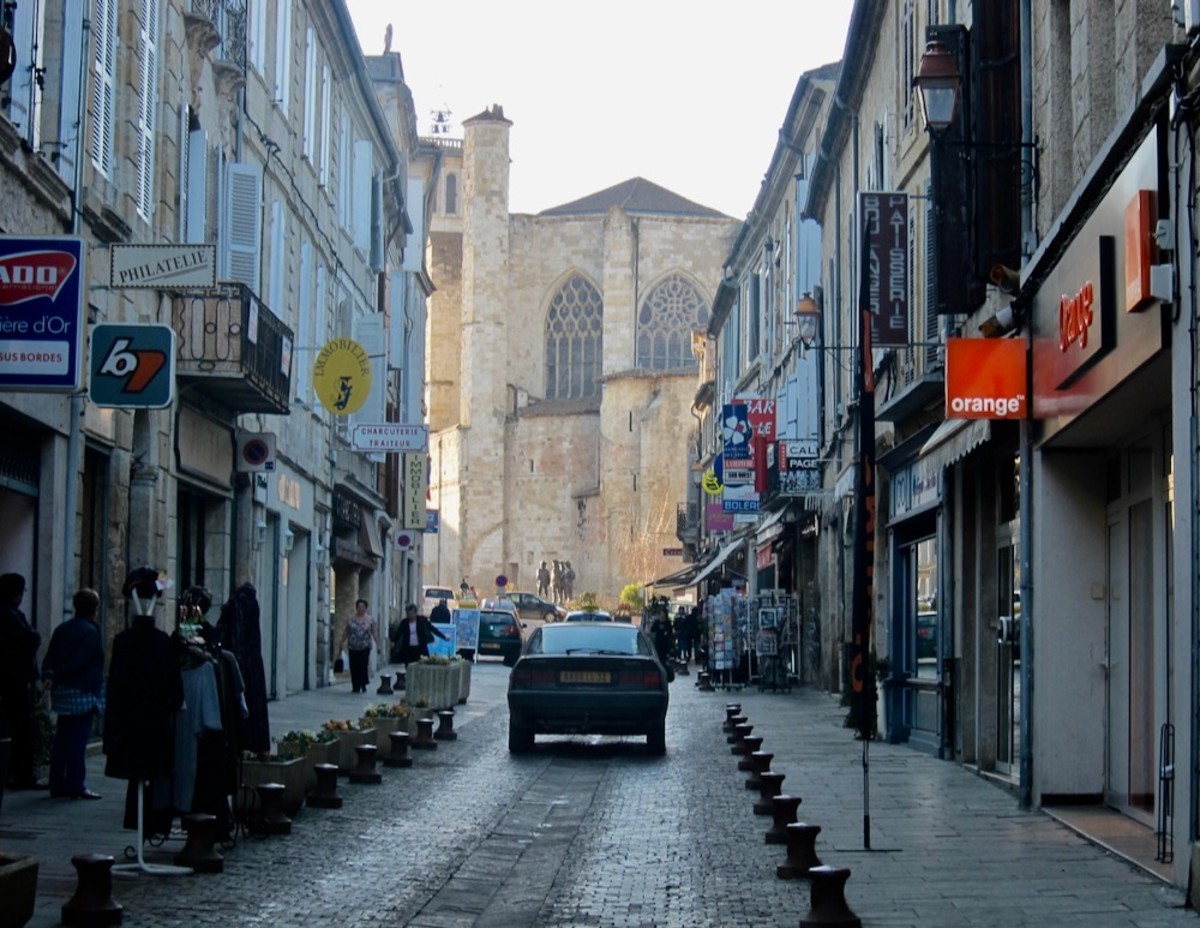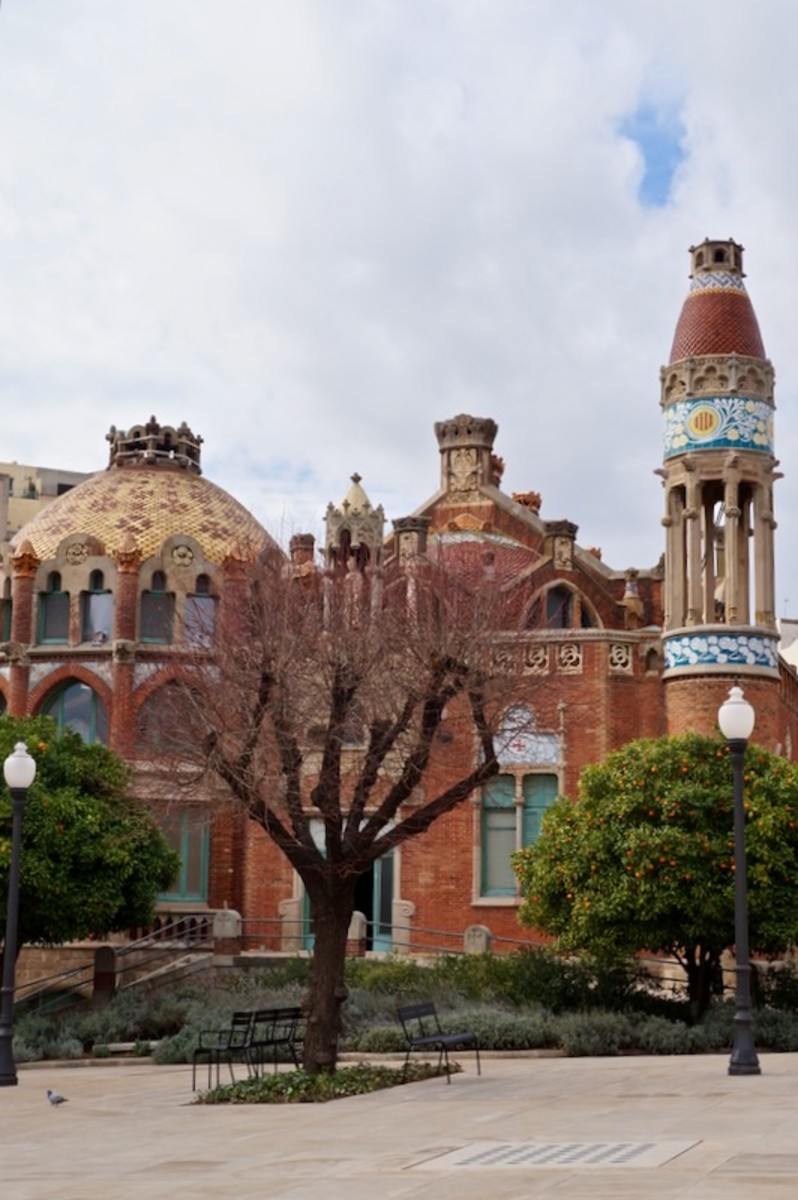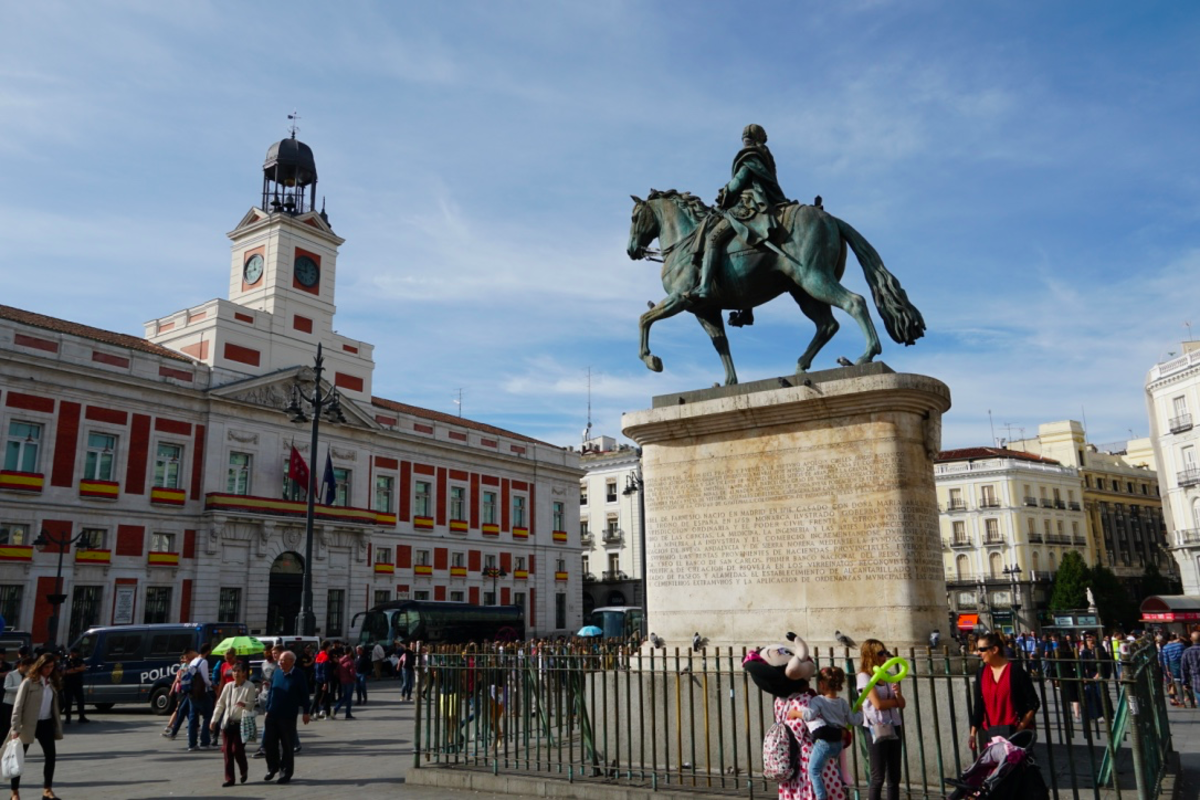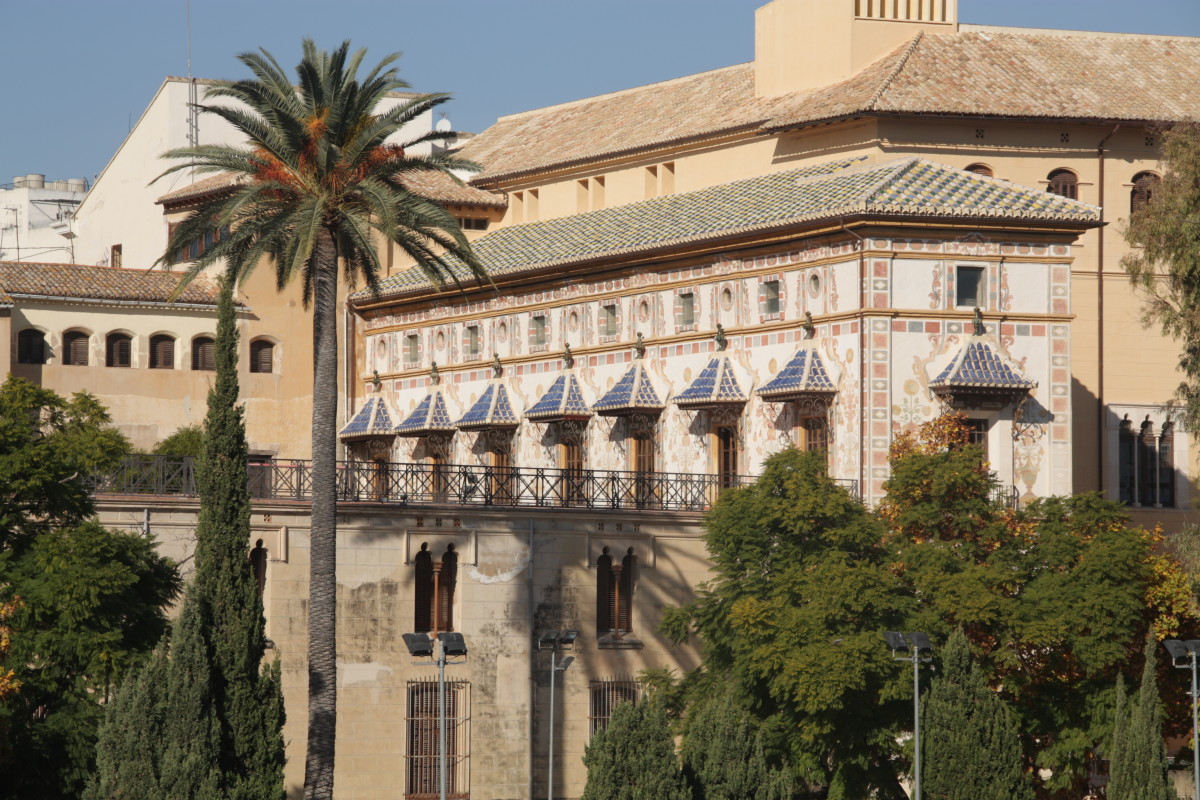Traveling in Spain: Vitoria-Gasteiz, the European Green Capital.
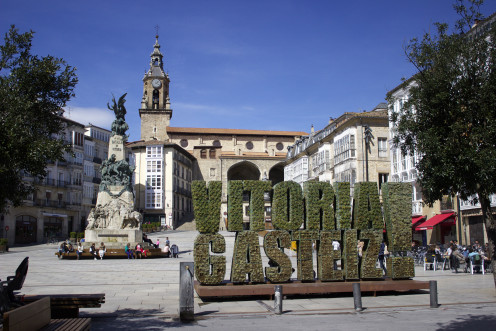
Vitoria-Gasteiz is the capital city of the province of Álava and of the autonomous community of the Basque Country.
Throughout history, Vitoria has constituted a remarkable vantage point in the military, commercial and cultural fields, which is shown in its valuable heritage.
The city is also known as the European Green Capital, a recognition achieved due to the measures carried out in order to improve the environment and quality of life in the city. Some of these measures are the decrease of both light and noise pollution in the city, and the creation of the Green Belt, a network of parks and gardens located around the city. This contrast between sustainability and urban life is a clear example that not only can city and nature coexist, but also that their interaction adds beauty to the environment and significantly improves the quality of life of those who live there.
What to visit
Whether you prefer visit monuments or you prefer enjoying the tranquility of nature, Vitoria is your city.
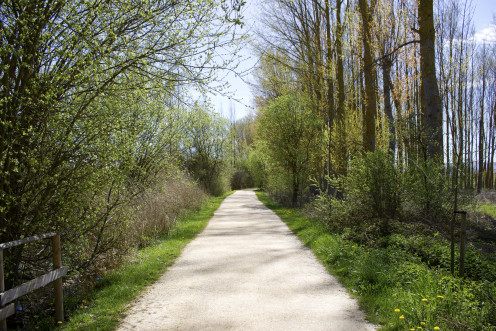
Green Belt
As mentioned previously, one of its main attractions is the Green Belt, which is formed mainly by the parks of Zadorra, Zabalgana, Armentia Olaruzu and Salburua, five beautiful parks around the city you can walk across enjoying its flora and fauna.
One of the best known is the Salburua Park, located in the north-east of the city. The park has several lakes and natural lookout spots from which to watch the wildlife of the area, which includes birds, amphibians or insects.
In this park you will also find the Ataria, the Salburua Wetlands Interpretation Centre, which aims to promote the importance of biodiversity and the natural heritage of the Park and its surroundings. On the Ataria, you will be able to attend talks, environmental courses, guided tours and workshops.
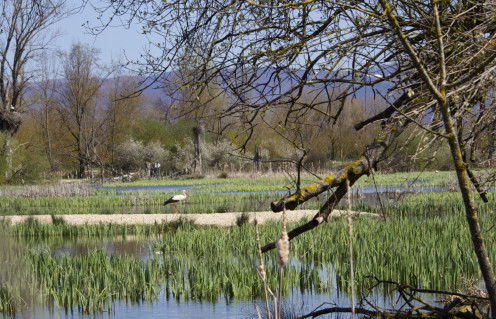
Contemporary Art Museum
The Artium is an amazing contemporary art museum and a cultural activities center. It was inaugurated in April 2002, and contains the most complete collection of contemporary Basque art as well as one of the most important collections of contemporary Spanish art.
The museum offers an ambitious program of exhibitions as well as a schedule full of cultural activities related to contemporary culture, such as film projections, music, courses or seminars, among others.
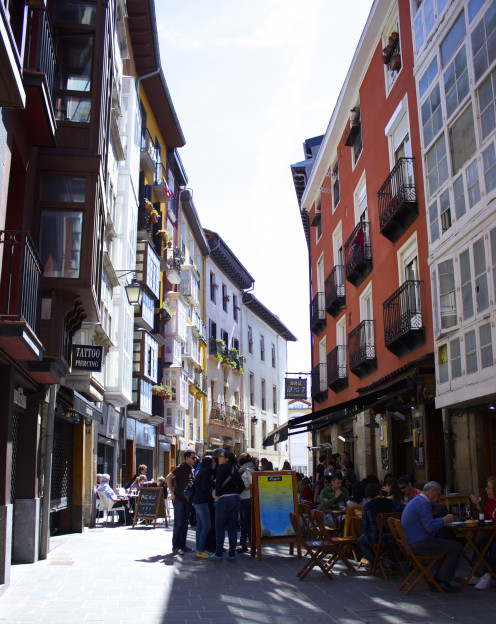
The Old Town
The old town of Vitoria dates from the XVII century and contains most of the artistic and architectural heritage of the city. Here you will enjoy walking across its narrow streets admiring its numerous palaces and buildings, a sample of its artistic legacy which includes a wide variety of architectonic styles such as Gothic, Baroque, Neoclassical and Renaissance.
This area is also perfect for your lunch or dinner time, as here are the most popular bars and restaurants where you can taste one of the most typical dishes of the Basque Country, the "pintxos", a typical snack, similar to tapas, which is usually eaten hanging out with friends or relatives, and which is considered as one of the key pillars of the Basque culture and society.
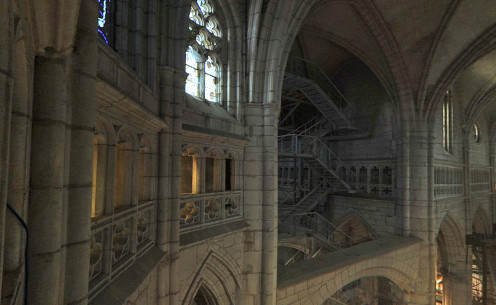
Santa María Cathedral
The Santa Maria Cathedral, also known as the Old Cathedral, was founded around 1180 by the king Sancho VI and is located in the highest part of the old town, upon which was the ancient and primitive village of Gasteiz.
This building is extraordinary and is one of the activities you cannot miss when visiting Vitoria. This amazing cathedral has captivated hundreds of writers internationally acclaimed such as Ken Follet, who was inspired by the building for writing the second part of The Pillars of the Earth.
Currently is being restored, but they offer a unique program called "Open for Restoration Work" which consists in guided tours through the restoration of the cathedral, a great way to learn about the history of the building and the city.
Useful and interesting sites
- Official tourism website of Vitoria-Gasteiz
- Ataria, the Salburua Wetlands Interpretation Centre.
- Santa Maria Cathedral Guided Tours
"Its aim is to make possible the integral restoration of Santa Maria Cathedral of Vitoria-Gasteiz. Not only the architectural restoration but the cultural, educational development, and tourist activities to bring value to the temple." - ARTIUM
"The ARTIUM Collection is made up of almost 3000 artworks. They represent all the techniques used in contemporary art, as well as works by artists who have written the history of art of the 20th and 21st century's in the Basque Country."
© 2013 Katia De Juan

